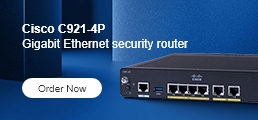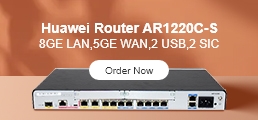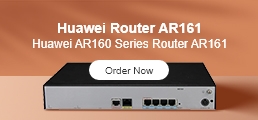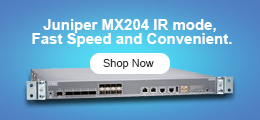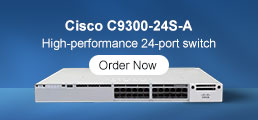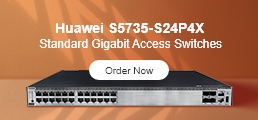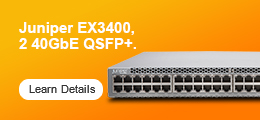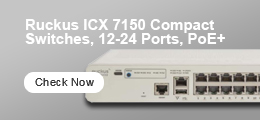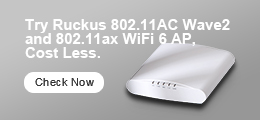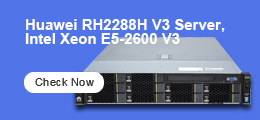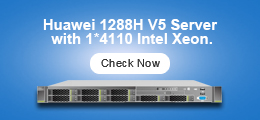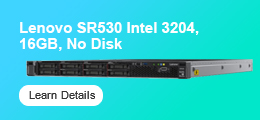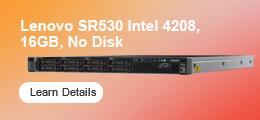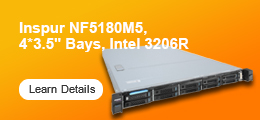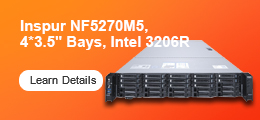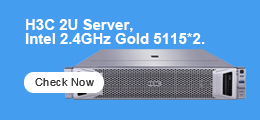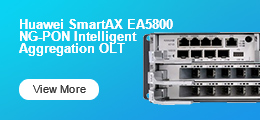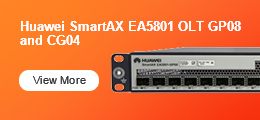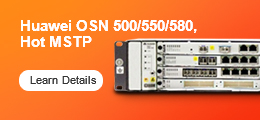HPE MSA Storages, Flash-enabled arrays that raise the entry storage bar, make application acceleration possible for a wide range of budgets.
MSA Naming Convention
What does the MSA mean? Here shares you the MSA Naming Convention.
- MSA Family Name lives on
- MSA stands for – “Modular Smart Array”.
- All future MSA product introductions will build on MSA xxxx.
- Changes from P2000 G3 naming structure
- Eliminating the “P” in P2000; Most all product in the HPE Storage portfolio have already done this.
- Eliminate the “G1/G2/G3” reference after name; the “4” in MSA 2040 signifies the 4th Generation.
- Historical view of all Generations of the MSA Family
- MSA2000 G1 – First Generation of MSA 2000 architecture - Released in early 2008.
- MSA2000 G2 – Second Generation of MSA 2000 architecture - Released in 2009-10.
- MSA P2000 G3 (now being called MSA 2000) – Third Generation of MSA 2000 architecture - Released 2010-11.
- MSA 2040 – High-end of MSA Family utilizes 4th Generation MSA architecture- Released in 2013.
- MSA 1040 – New low-cost MSA arrays leveraging the 4th Generation MSA architecture – Released in 2014.
HPE MSA Storages Family
HPE MSA Family Spans the Entry Storage Spectrum, building on the #1 Position in Entry-Level External Storages. Nearly 500,000 users already enjoy MSA’s unmatched affordability.
The MSA family includes MSA 1040, MSA 2040 and MSA 2042.
MSA 1040 - Budget Optimized
- Expandable dual-controller array
- Support for iSCSI, FC and 12 Gb SAS Configs from $6k
MSA 2040 - Performance Optimized
- Ala-Carte’ ordering and SW
Configs starting at $9k - Latest Host Interfaces
Core Virtualization Features Std
MSA 2042 - Hybrid Flash Optimized
- Configs starting at $10k
Comes with 800 GB SSDs std
Advanced Data Services in base - Deploy SSDs as Read Cache or full Tiered Storage




